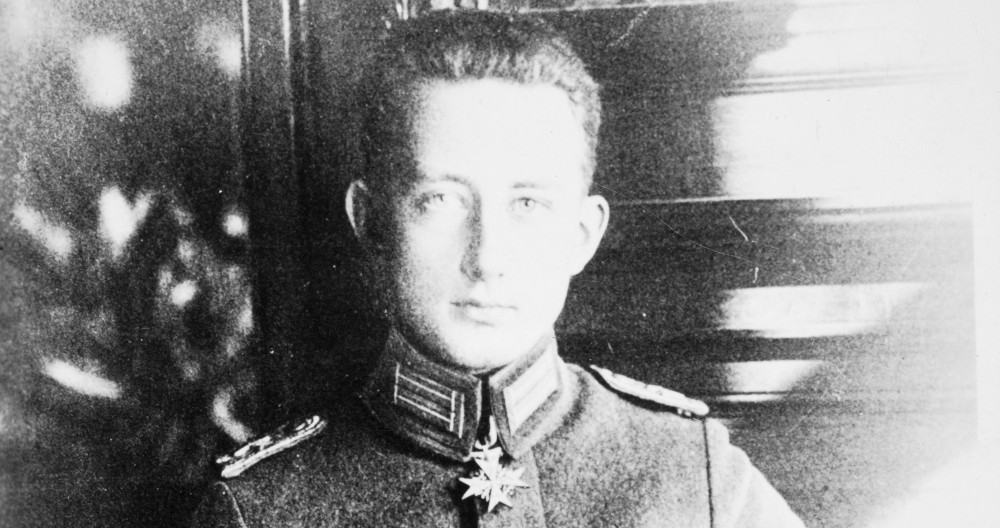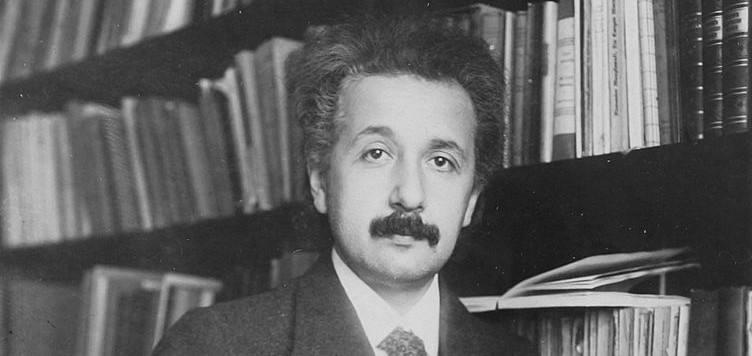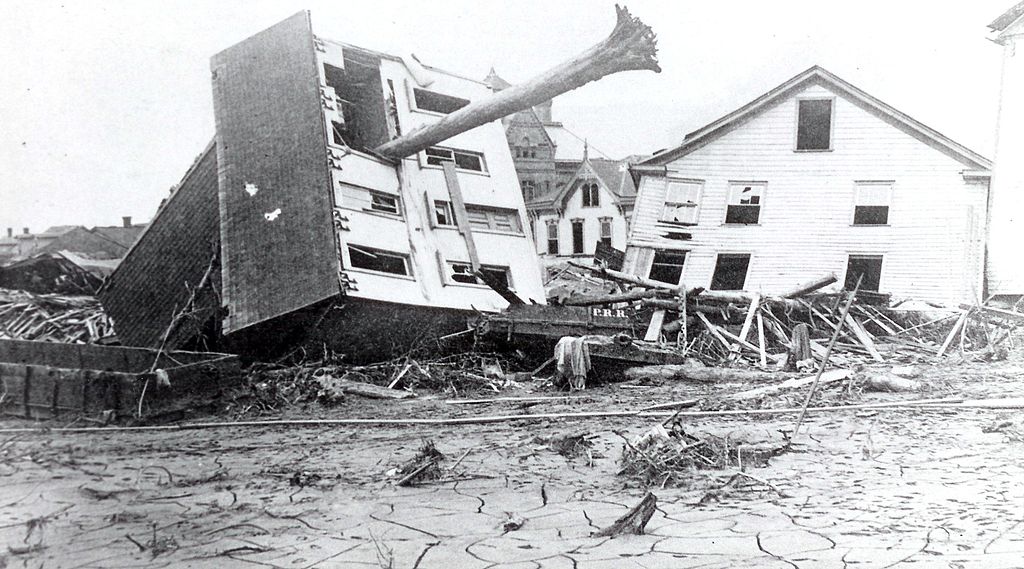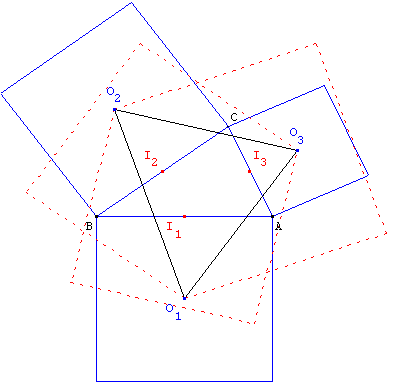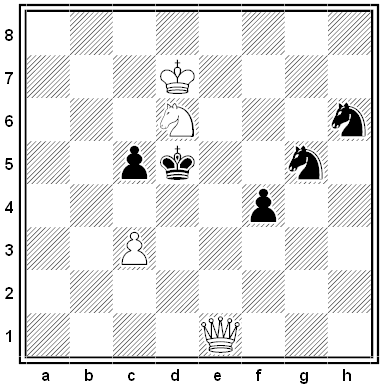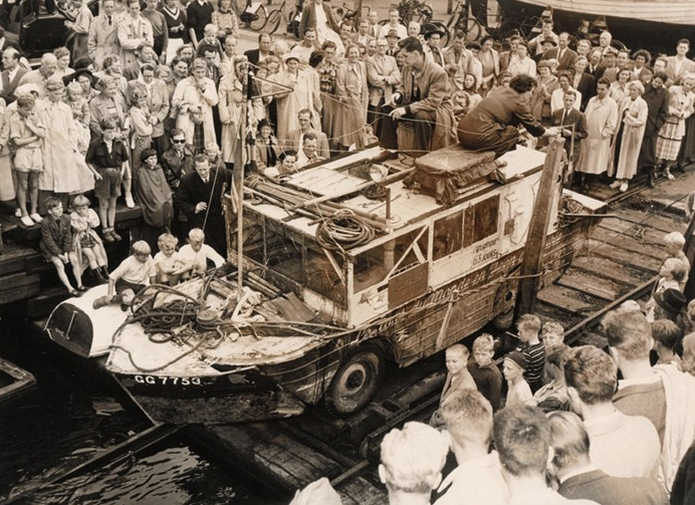
In 1946, Australian engineer Ben Carlin decided to circle the world in an amphibious jeep. He would spend 10 years in the attempt, which he called an “exercise in technology, masochism, and chance.” In this week’s episode of the Futility Closet podcast we’ll describe Carlin’s unlikely odyssey and the determination that drove him.
We’ll also salute the Kentucky navy and puzzle over some surprising winners.

